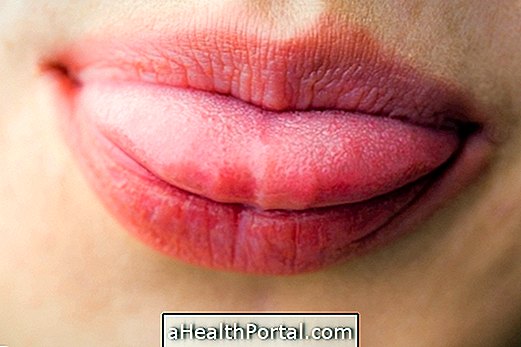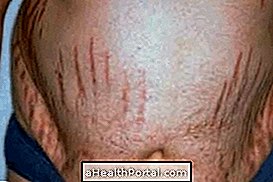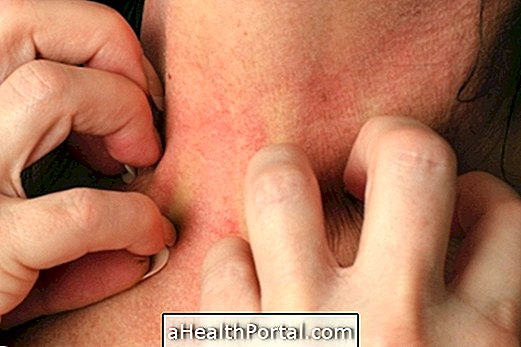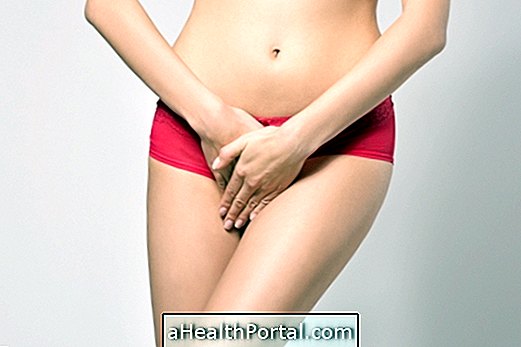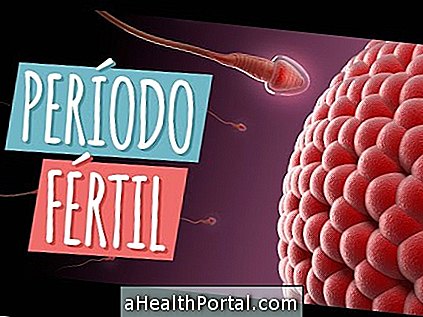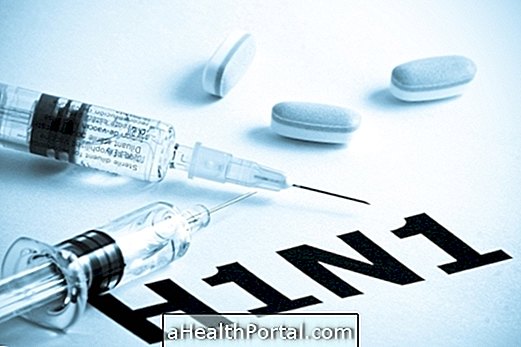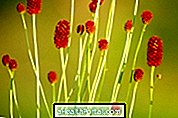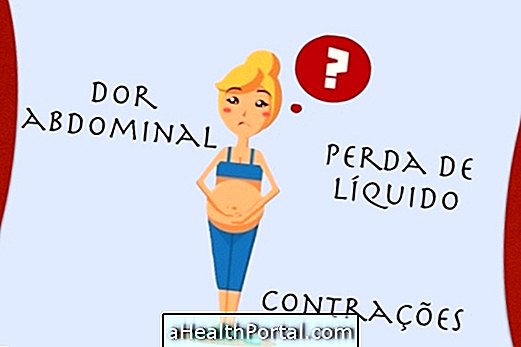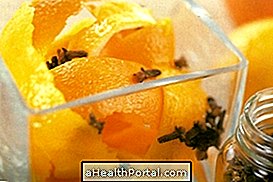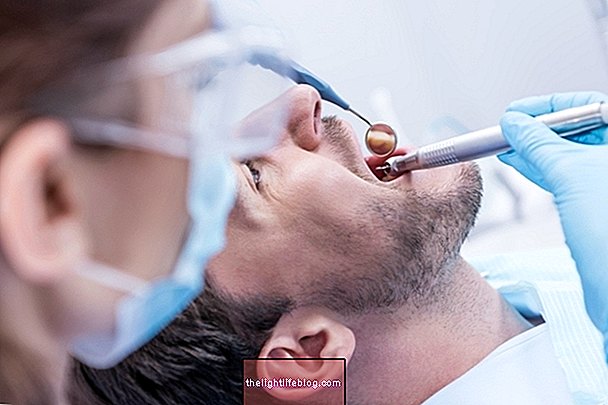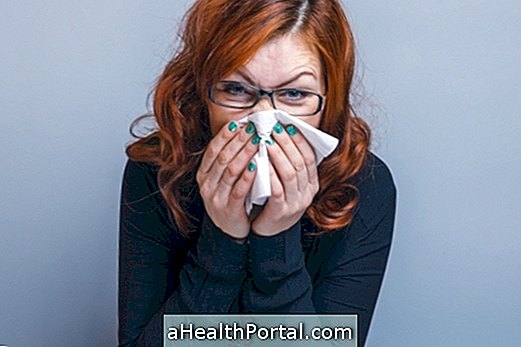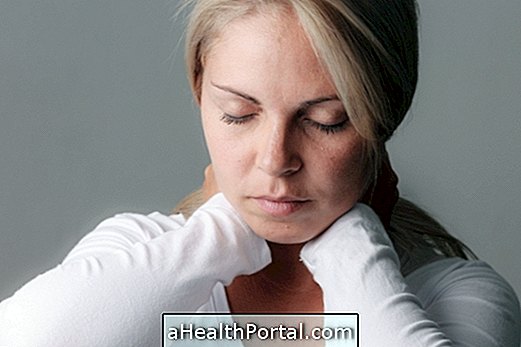Scalp pain can be triggered by factors that make it sensitive, such as infections or infestations, skin problems, headaches, hair loss or even by using very tight hair.
Generally, the treatment for this problem is simple and depends on the cause that is in its origin:
1. Dermatitis

Dermatitis is an allergic reaction of the skin that causes symptoms such as redness, itching and peeling, and may be accompanied by the appearance of dandruff and blisters. This disease can occur due to contact with common things like metals, soaps, cosmetics, cosmetic procedures, pollution or even water. See more about dermatitis.
What to do
Treatment depends on the type of dermatitis and the underlying causes. The most frequent dermatitis on the scalp is seborrheic dermatitis, which is usually treated with the use of shampoos that have ketoconazole, salicylic acid or zinc pyrithione, which can be found in Tarflex, Nizoral Pielus or Payot shampoos, for example . In more severe cases it may be necessary to use repair creams or topical corticosteroids.
2. Infections

Infections such as folliculitis and anthrax can affect the hair follicles and cause sensitivity to the scalp, making it sore, tender and warm to the touch.
Carbuncle is usually caused by too much bacteria Staphylococcus aureus and folliculitis is usually caused by ingrown hairs, but it can also happen due to infection by bacteria or fungi. In severe cases, folliculitis on the scalp can lead to severe hair loss.
What to do
Usually the use of antifungal shampoos, such as ketoconazole, or the application of antibiotics, such as Erythromycin or Clindamycin, may resolve the problem. However, some cases can be difficult to heal, requiring specific treatment for several months.
Pediculosis

Pediculosis consists of a lice infestation, which usually affects school-aged children and is very contagious. The lice feed only on blood and although they only live for about 30 days, they multiply very quickly, as each female puts between 7 and 10 nits a day, causing symptoms such as intense itching on the scalp that is sore and small sores in the head.
What to do
The treatment of pediculosis is the use of a shampoo or a lotion based on permethrin or dimethicone that kill lice and a thin comb to help eliminate them. In addition, a repellent product may also be used which may prevent further infestation. See more treatment options.
4. Headache

In some cases, the headache can also trigger pain in the scalp. Stress, depression, and anxiety can cause pain or worsen symptoms and can also cause muscle tension.
What to do
To relieve headache, analgesics and anti-inflammatories such as paracetamol and ibuprofen can be taken.
5. Temporal artery

Temporal arteritis is a disease that causes chronic inflammation of the arteries of the bloodstream and causes symptoms such as headache, fever, anemia, tiredness and malaise, and pain in the head and scalp, which may be throbbing. Learn more about temporal arteritis.
What to do
Treatment consists of symptom relief and prevention of vision loss with the use of corticosteroids, such as Prednisone, for example. In addition, the doctor may also recommend analgesics and antipyretics like paracetamol and dipyrone to relieve fever, tiredness and general malaise.
6. Hair Loss

Regions of the scalp where hair loss is most intense is generally more sensitive and can make these sites sore. Learn what can cause hair loss.
What to do
To prevent hair loss you should make a balanced diet, rich in protein, vitamins and zinc or take nutritional supplements also rich in these nutrients such as Pill food or Ecophane, for example.
Anti-fall shampoos such as Kerium anti-fall from La Roche Posay or Neogenic from Vichy and lotions like 5% Minoxidil or Neogenic in Vichy ampoules stimulate hair birth and help curb the fall. In more severe cases it may be necessary to take medicines like finasteride or propecia.
In addition, the occurrence of scalp injuries can cause severe pain at the site of the injury and use very tight hair, such as braids or hairstyles too attached to the scalp, can also cause pain and discomfort at the top of the head.

